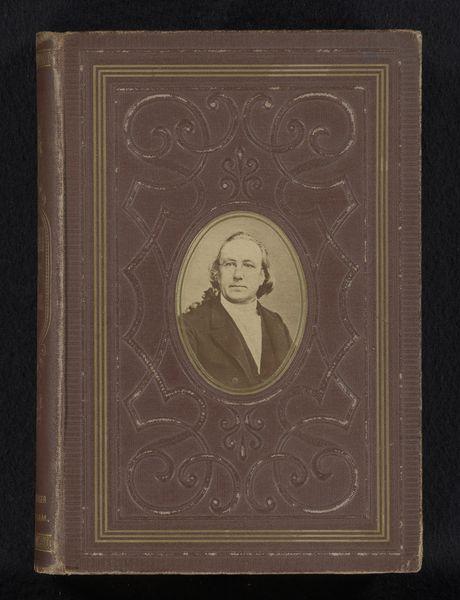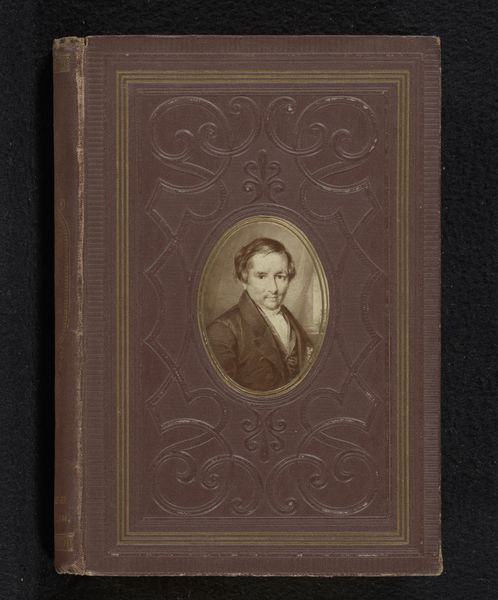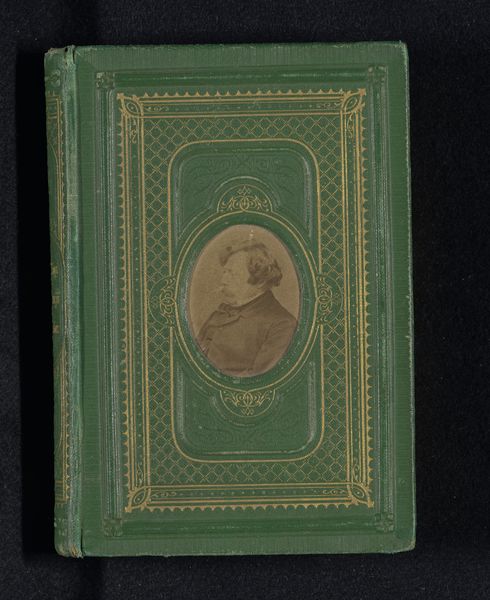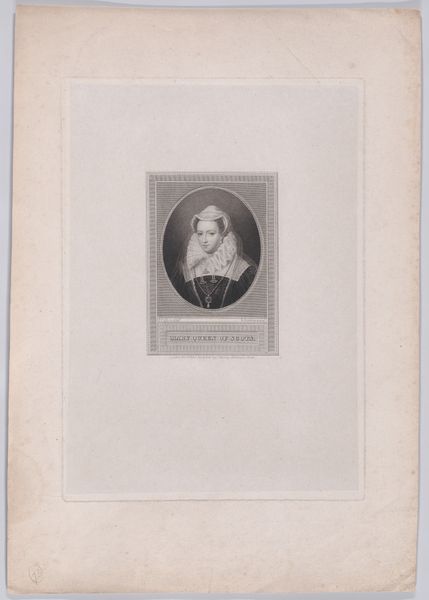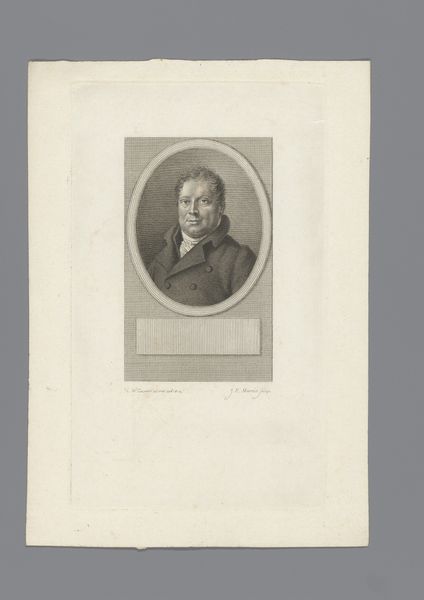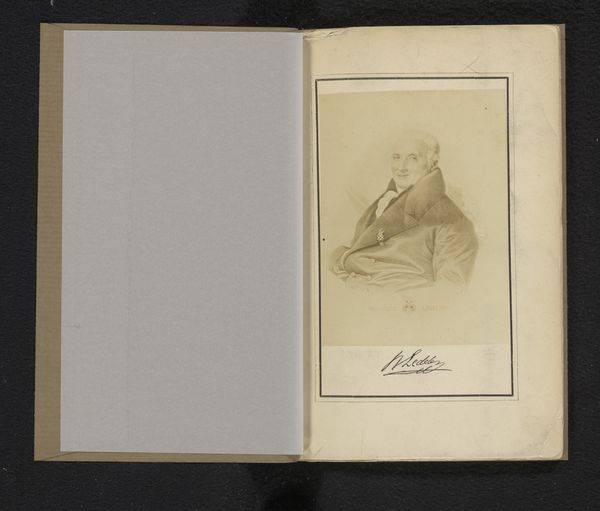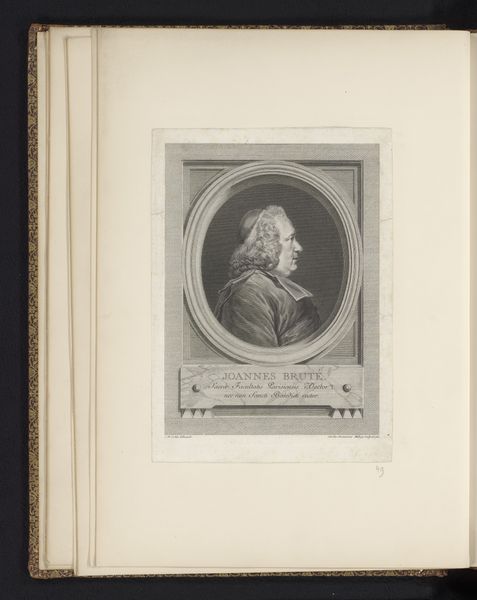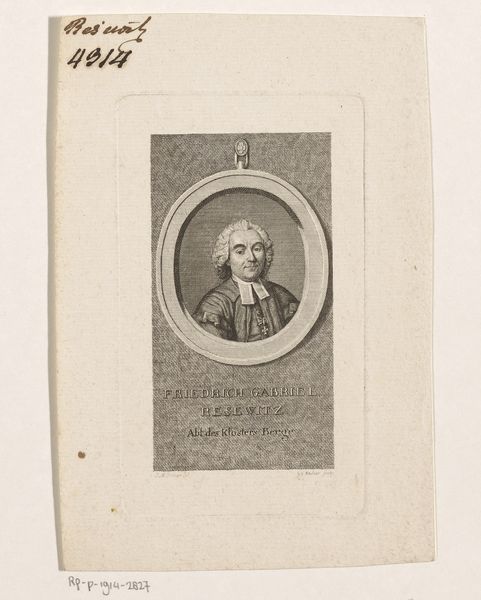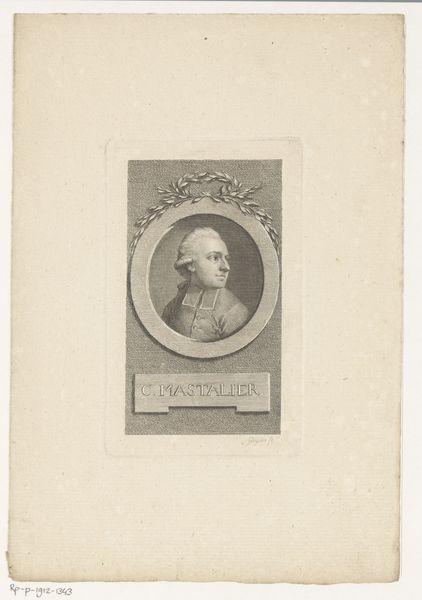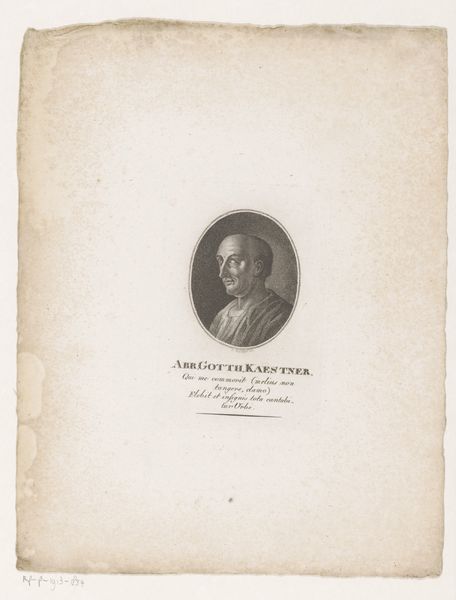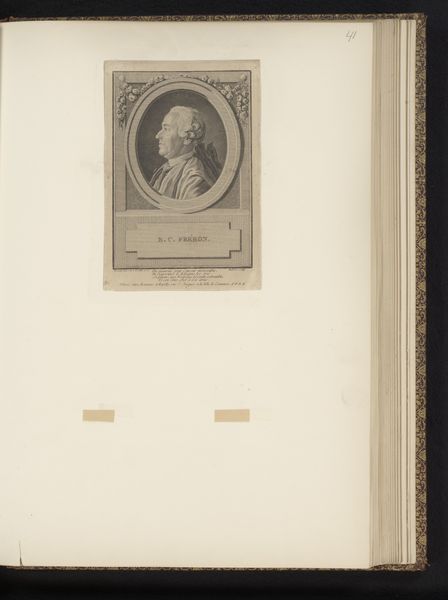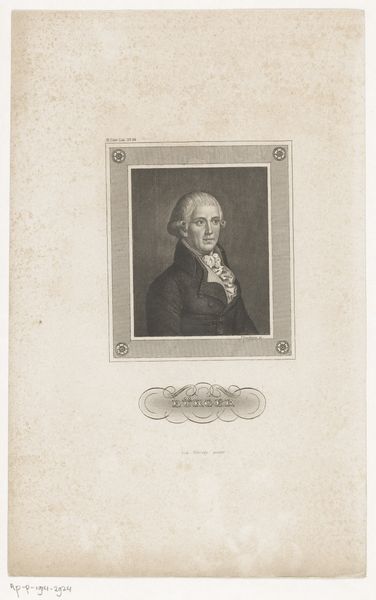
photography
#
portrait
#
photography
Dimensions: height 68 mm, width 48 mm
Copyright: Rijks Museum: Open Domain
This portrait of Johannes Petrus Hasebroek was made by an anonymous artist with an albumen print. We might consider how an image like this operates within a specific socio-political context, in this case, 19th-century Europe. Hasebroek, with his confident gaze and formal attire, embodies the values of the emerging middle class. The very act of commissioning or owning a portrait speaks to a certain level of social standing and economic power, reflecting the shift from aristocratic patronage to a more bourgeois art market. The photograph is pasted onto what looks like a book cover. The book, the photograph and its subject are all elevated and ennobled by the surrounding ornamentation. To truly understand this piece, one might delve into the history of portraiture, the rise of photography as a democratic art form, and the changing dynamics of class and representation in 19th-century Europe. What does it mean to be depicted, and who gets to decide how that depiction happens?
Comments
No comments
Be the first to comment and join the conversation on the ultimate creative platform.
